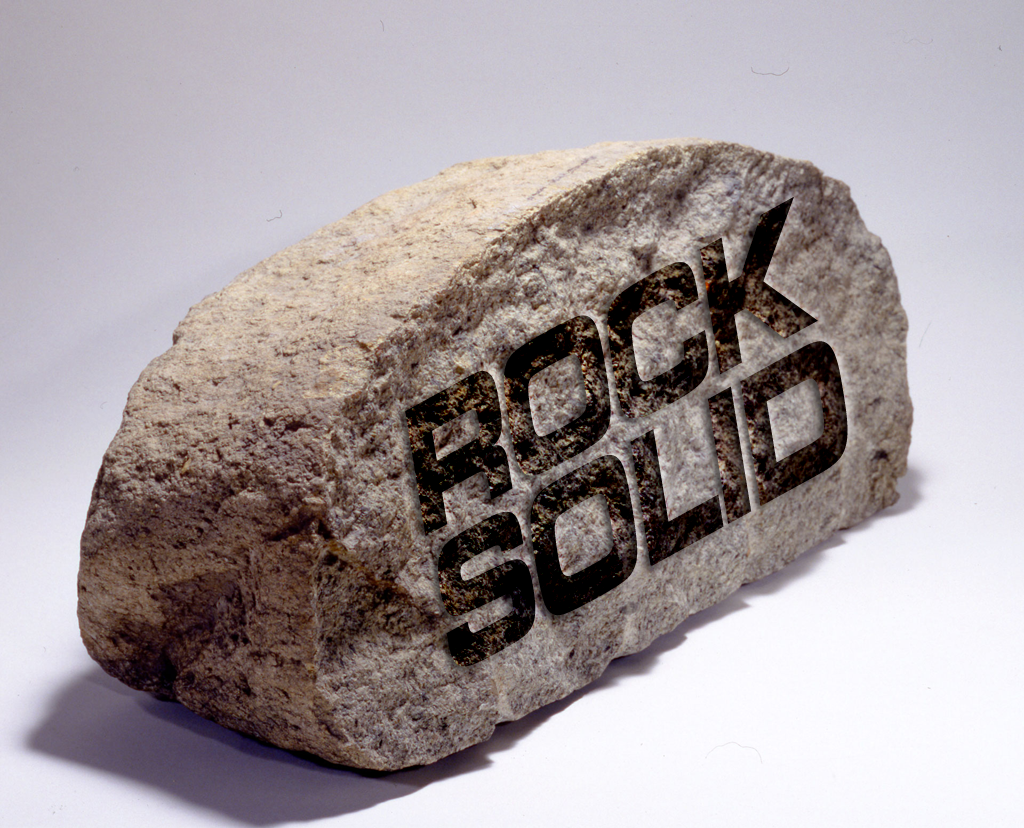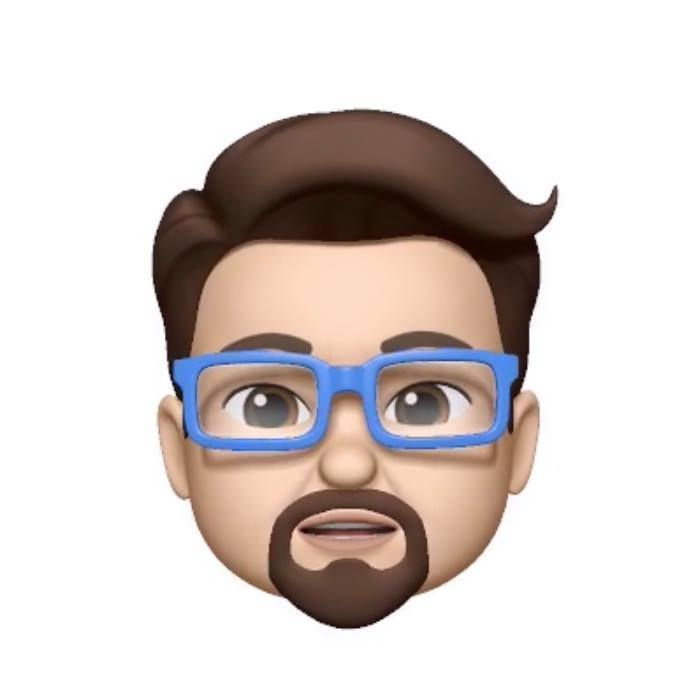
Flash vs. Substance
I’m in the market for a new cell phone. Not for any particular reason, except that I’m bored with the current style and feature set of my current workhorse – a Motorola V60C running on the Verizon Wireless network. It’s a great phone with exceptional battery life, but it has only a small monochrome screen and its ability to be customized is ZERO. (I like to tweak my gadgets…)
So, I’ve started looking around at phones, networks and their customers and I’m beginning to find two different kinds of people – those who prefer flash and those who prefer substance. Or, more aptly put, people who are willing to forgo pure substance for a little flash, fun and possibly lower pricing.
Let me explain, without getting into a painfully detailed analysis of the wireless industry.
Given that the choice of handsets and choice of carrier are inextricably linked, I think that these are the four basic properties that are a part of the evaluation process:
Price refers not only to the cost of monthly service, but to the handsets and accessories.
Feature Set: I define a Feature as functionality that can be delivered either by the handset or the network (or both). Features that fall into this category include: ringtone variety; ability to add ringtones; bluetooth; phonebook; color screen; SMS, etc.
Network Coverage refers to the minimum requisite coverage area for each customer and the ability (or lack thereof) to make calls.
Compatibility/Accessories/Extensibility refers to the ability to pair your phone with accessories such as handsfree kits; chargers; computer-to-phone connectivity, cases, etc.
While I would fall squarely in the center of the above diagram, (I want it ALL, damnit!) let’s look at what I call the “flash/substance continuum.”
Features = Flash
Network Coverage = Substance
This is a pretty simple axiom: if you REALLY need to trust the use of your mobile phone, you need coverage (substance). Everything else is just “nice to have.”
If your phone is not mission critical or you’re on a tight budget, you can look passed price and coverage and go for the features (flash).
Wireless providers reflect this basic approach in their pricing plans and their advertising.
Verizon: best network coverage, highest prices, relatively boring phones.
Verizon is all about substance. The company has, by far, the best coverage of any national network provider. They’ve been rated highest in customer satisfaction by Consumer Reports, as well as a number of other publications and independent research. They represent the completeness of their network coverage in their advertising.
However, in their price promotions they don’t really feature their PLAN pricing – they feature the phone pricing. Verizon consistently has the most expensive pricing plans of any wireless company, because they can. You join Verizon for the coverage, not the cool phones – and you pay a premium for it.
Why aren’t the phones as feature-rich as their competition? Again, because people who currently use Verizon, use them for their network coverage.
Verizon now has one – count it – ONE phone that supports Bluetooth (the Motorola V710). It’s pretty damn expensive AND it’s been crippled so as to not offer complete Bluetooth features. (A lawsuit is pending…)
On the other end of the flash/substance continuum is T-Mobile.
T-Mobile: probably the weakest network coverage of all providers, feature-rich phones, lots of included minutes.
The strategy here is obvious: carrier coverage is spotty, so how do you attract people to your network? Cool phones with great features and lots of included minutes at ultra-competitive prices. Lock customers into contracts to protect against rampant churn.
I know more people who are enraged by the fact that they have these cool, feature-rich phones with hours of included minutes, but many times can’t make calls – and can’t switch providers due to a service contract. I hear the same from Sprint customers.
Based on my personal experience and anecdotes from friends and colleagues, the flash/substance continuum might look like this:
(I’m sure I’m going to be flamed by lots of people who just love T-Mobile/Sprint/Nextel, etc. Yes, you exist, but I haven’t met you, yet…)
You could also add phones to this contiuum. For instance, take my current V60C. It delivers nearly 4 hours of talk time and 10 days of standby time (in ideal conditions, of course). Get yourself a phone with a color screen, a faster processor, screen savers, polyphonic ringtones, etc. and you’re lucky if you can get 2.5 hours of talk time and a few days of standby.
Plus, the V60 is from Motorola, so it scores high in the realm of accessories and connectivity, adding to it’s “substance”. I have a portable speakerphone system, USB data cable for syncing with Apple’s Addressbook, charging and even for use as a CDMA modem.
Hey Verizon: how about a little flash for your customers? We’re all drooling over the RAZR V3, but right now it’s only available for GSM networks…
Cheap Thrills
Thanks to eBay, it looks like I may have scratched my itch for a new cell phone. I picked up a used (pre-owned?) Motorola T730c with a color screen, polyphonic ringtone support, 1XRTT data capability, full email client and changeable faceplates. (These would definitely be conversation starters at client meetings…)
The standard battery life isn’t great, but there are a number of aftermarket high-capacity batteries that should perform as well (if not better) than the OEM battery in my V60C.

